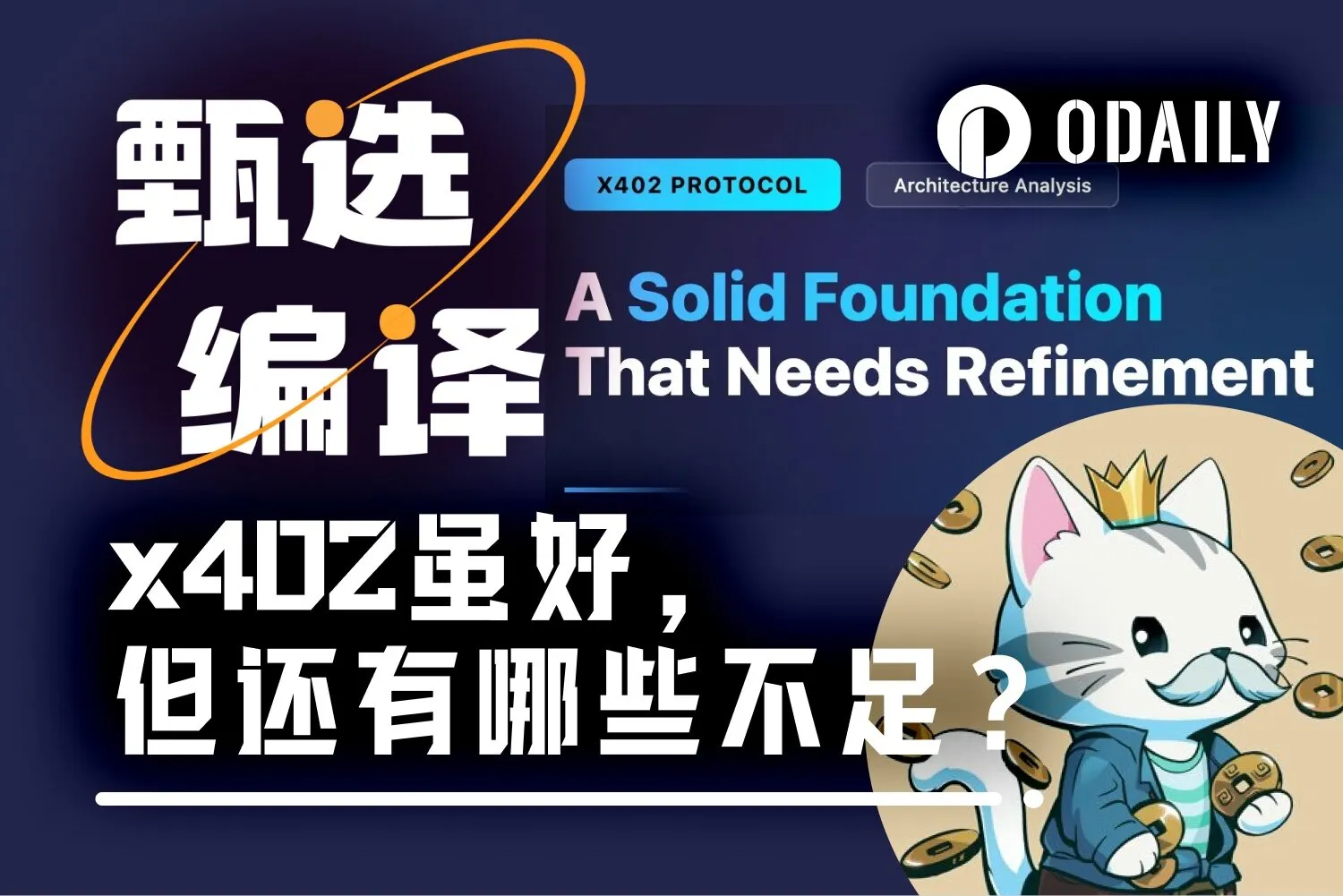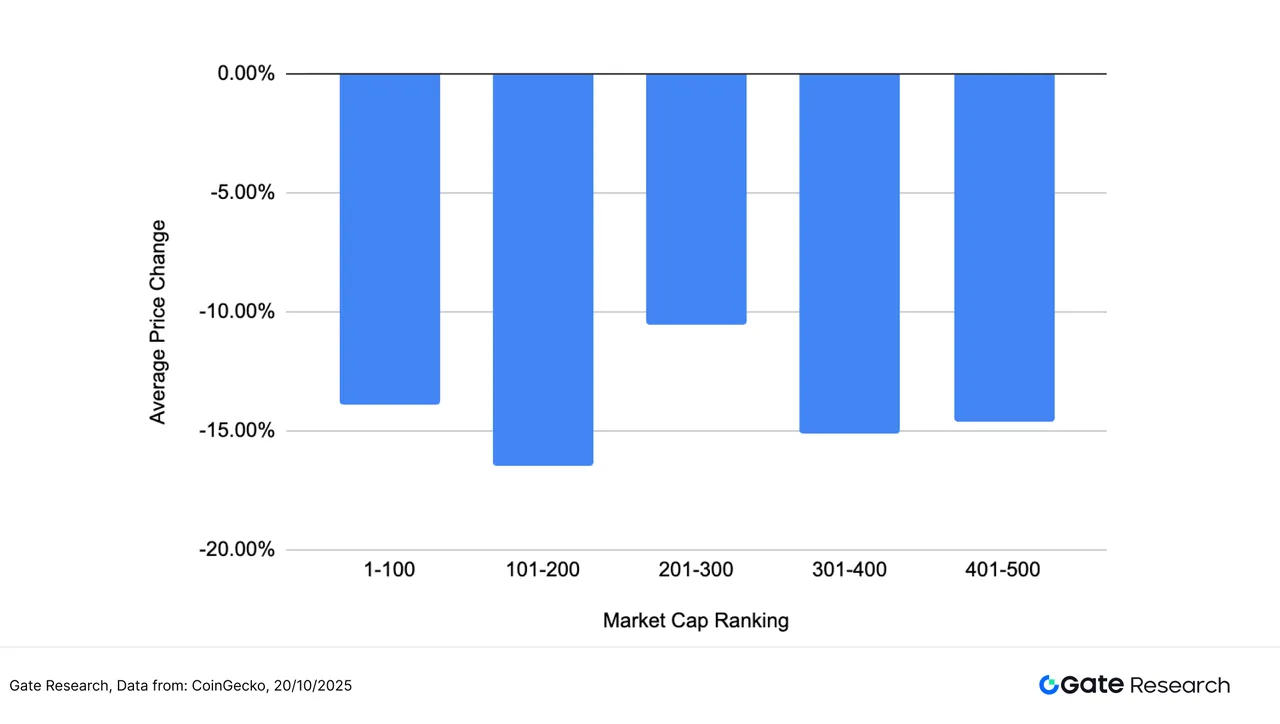Written by: Prince
Translated by: Block unicorn
The vision of Ethereum was initially to be a permissionless, infinitely open platform where anyone with an idea could participate. Its principle is simple: a world computer sharing a global state view. The value of Ethereum lies in the fact that anyone can build useful applications, and each application is interconnected.
As Ethereum has evolved, its scaling roadmap has brought new opportunities and challenges. New closed ecosystems have begun to emerge.
Entrepreneurs pursue higher performance or seek effective ways to make their products stand out. For some developers, the simplest way to achieve their goals is to create their own blockchain ecosystem. This ecosystem expands in almost every possible direction: new blockchains are launched (horizontal growth), and rollups are introduced to scale the underlying layer (vertical growth). Other teams choose to build their own dedicated execution and consensus layers (application-specific blockchains) to meet the needs of their projects.
Each expansion, when viewed individually, is a reasonable decision. But from a broader perspective, this continuous expansion begins to shake the belief that Ethereum will one day become the "world computer." Today, the same assets exist on multiple platforms and in various forms. The same exchanges or lending markets appear on every chain.
The permissionless feature still exists, but the coordination mechanisms are starting to disappear. As states, assets, liquidity, and applications become increasingly fragmented, the once infinite garden begins to resemble a complex maze.
The True Cost of Fragmentation
Fragmentation not only creates technical barriers but also changes how developers feel when choosing to build applications.
The products delivered by various teams can operate as expected. However, as fragmentation intensifies, these teams must migrate the same applications to other chains to retain existing users. Each new deployment seems like progress, but for most developers, it feels like starting from scratch. Liquidity gradually dissipates, and users follow suit.
Ethereum continues to grow, but it gradually loses the cohesion of its community. Although the ecosystem remains active and continues to grow, individual interests begin to override coordination and connection. This infinite garden starts to show signs of overgrowth and neglect.
No one is doing anything wrong. Everyone is following the incentive mechanisms. Over time, only a sense of fatigue remains. Permissionlessness has brought abundance, yet within that abundance, the center that once held everything together begins to loosen.
The Return of Coherence
MegaETH represents Ethereum's first real opportunity to scale block space supply in a single execution environment to meet demand. Today, the L2 block space market has become crowded. Most projects are competing for the same batch of users while offering similar block space. Throughput bottlenecks still exist, and high activity on a single sequencer artificially drives up transaction costs. Despite significant technological advancements, only a few scaling solutions have truly improved the experience for users and developers.
MegaETH aims to change that. It is one of the closest attempts to realize Ethereum's original vision—building a world computer. By providing an execution environment with latency below 10 milliseconds, a gigabyte Gas limit, and ultra-low transaction costs, the MegaETH team is working to achieve the vision of a world computer. All data is processed on a single shared state (setting aside privacy issues) and achieves real-time execution, which should be a guiding light for our industry and the only way we can truly compete with Web 2.0.
As a founder building on MegaETH, what impresses me most is not the speed or millisecond-level latency, but the fact that after many years, all applications built on Ethereum can finally connect and stay in sync, with low costs and short wait times. When all contracts and transactions exist within the same state machine, complex coordination mechanisms become simple again. Developers no longer need to struggle with latency or spend time optimizing contracts for Gas efficiency; users no longer need to worry about which "version" of the network they are trading on.
This is what MegaETH refers to as "Big Sequencer Energy": Ethereum has a high-performance execution layer designed for real-time applications. For the first time in years, users can build applications in the Ethereum execution environment without worrying about where users are located. All users can once again share the same execution environment, supporting latency-sensitive applications such as high-frequency trading, on-chain order books, real-time lending, and fully on-chain multiplayer games—things that are currently unachievable due to Ethereum's resource limitations.
Enter: MegaMafia
In the context of MegaETH, those who have experienced fragmentation are starting to build again. We all know what we lost when everything fell apart. Now that the system can finally stay in sync, it feels like moving forward rather than sideways.
Each team is working on different levels: trading, credit, infrastructure, gaming, and more. But their goal is the same: to make Ethereum a unified whole again. MegaETH provides this opportunity, and MegaMafia gives it shape.
The focus is no longer on deploying more of the same applications but on rebuilding the infrastructure so that the parts that are already working well can ultimately collaborate.
Avon's Role in World Computing
Avon brings the same concept into the lending market.
Among all DeFi categories, lending has been the most severely affected by fragmentation. Each protocol runs a different version of the same idea. Each market has its own liquidity, rules, and risks.
Anyone who has used these markets knows that feeling. You check interest rates on one application, then compare with another, and still don't know which is more reliable. Liquidity stagnates because it cannot flow between different protocols.
Avon introduces a coordination layer instead of deploying another liquidity pool. Its order book connects different strategies (independent markets), allowing them to respond to each other in real-time. You can think of it as many liquidity pools connected through a shared layer (the order book). When one side changes, the others can sense it. Over time, the lending market will operate again like a single interconnected market. Liquidity will flow to where the most competitive conditions are. Borrowers will receive the most competitive interest rates possible.
Coordination is not just about optimizing rates or control. More importantly, it provides a unified perspective for loans during market fluctuations.
Towards a Coherent Ethereum
Ethereum does not need another chain. It needs a center where people gather and maintain Ethereum.
MegaETH provides the trading venue. MegaMafia will provide the trading momentum. Avon will provide the coordination layer to allow funds to flow within the system.
For the past few years, Ethereum has faced the problem of fragmentation; we believe MegaETH will drive Ethereum to realize the vision of a world computer and achieve unprecedented scale.
As Ethereum begins to regain its rhythm, MegaETH will ensure that builders can do so at nearly infinite scale.
免责声明:本文章仅代表作者个人观点,不代表本平台的立场和观点。本文章仅供信息分享,不构成对任何人的任何投资建议。用户与作者之间的任何争议,与本平台无关。如网页中刊载的文章或图片涉及侵权,请提供相关的权利证明和身份证明发送邮件到support@aicoin.com,本平台相关工作人员将会进行核查。




